Photo L.A. will take place in Santa Monica, California, from the 31st of January to the 3rd of February. During this period it will be possible to learn from many talented photographers and appreciate wonderful photography. One of the photographers at the fair, Brendan Meadows, has teamed up with Ilford, the film brand, to create a different style of film photography, modern and fascinating. I asked Brendan some questions on his work.

On your website, you write that the first polaroid taken was the one of Princess Diana. You were ten years old. How has your passion for polaroid and film develop throughout the years?
It’s honestly been the most trustworthy of everything I take and everything I see. There’s just an honesty to Polaroid you can’t argue with. In my last apartment there had been an entrance corridor running almost 20 feet into the main loft and it contained, at random, almost 1500 polaroids all glued to the wall in a tight grid. It was mesmerizing and captivating to everyone that walked in. My children were up there next to musicians and actors, next to images and landscapes from Iceland or the Caribbean. I take at least two polaroids on every shoot I do now and try to get at least a single shot of each subject. With 60 assignments last year and counting, you can imagine those numbers…it’s quite the collection.
You are now collaborating with Ilford – a renowned film brand – and will present your works at Photo LA. How did this collaboration begin? How did you choose the subjects for this series?
In December of 2015 I sat down with master printmaker Bob Carnie to discuss the possibilities of creating a group show showcasing musical and celebrity calibre subjects with the techniques of the great photographers we know collectively working in alternative processes. It should be noted that my love for the work of Erwin Blumenfeld has also coupled this path toward the work becoming a reality. From these very humble beginnings it was impossible to have known that, from these next few years of flying back and forth between Toronto and Vancouver, I’d be writing the foundations of what was to become the very early stages of my fine art journey and humble career beginnings. Most of 2017 was spent in the throes of creating new work with these final results being the goal. Having already printed my ALCOVES show the previous year in the darkroom, I felt confident moving forward with Ilford’s Art 300 as my paper of choice. Once the team at Ilford caught wind of how we were utilizing their papers, they became very curious and were more than happy to help us in our creative endeavours. I now had the full arc of a show in mind, with everything from concept to final execution planned.
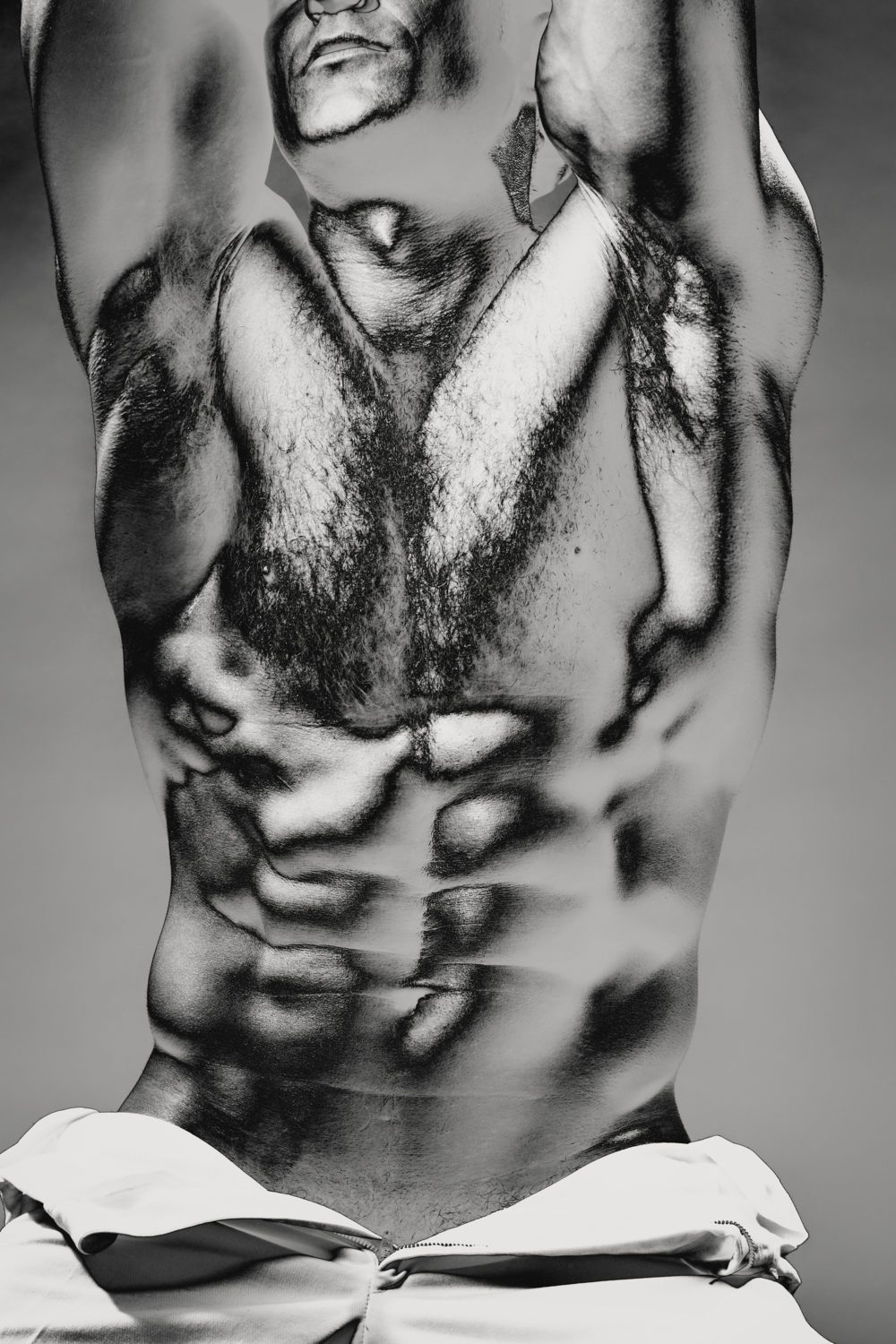
I worked with a great number of subjects in a variety of lighting applications to further test the limits of what the products could do artistically, and challenge myself to remove preconceived skills otherwise deployed. In December of 2017, I spent a week plus in the darkroom with Bob printing what would be the first of three major printing efforts for the final Ipseity collection. The results were immediately felt and seen firsthand. It should be duly noted that my commercial work in the entertainment industry has made possible all the incredible opportunities to get subjects into the studio. To them all I am so very grateful for their trust in allowing me to grow as an artist. I will mention that the first subject that really changed things for me here in Vancouver was Leon Bridges. It took over a year of communication with SONY to get approval for the shoot in the Spring of 2016. Myself and two set designers had pre-built the staged set in Bryan Adams’s studio in downtown Vancouver. I have my own studio, but inside Bryan’s is the Beatles’ mixing board that was used on Abbey Road, so I could not pass up the chance to let that piece of musical history rub off on this shoot. I got a call 45 mins into the day saying their tour bus got a flat tire and wouldn’t make the shoot but he’d keep me informed. A couple hours of stress later they called to say they were downstairs. Leon was walking into what he thought was going to be a simple seamless backdrop set-up, but instead arrived to a Louisiana corner with cement and trees set up. We were only supposed to have 45 mins but he stayed for 4 and half hours, three outfit changes, and he took us all to his show and then out afterwards. It was real breakthrough on my part, and not just because we didn’t shoot any digital – everything was 4×5, 6×6, and 8×10 film & Polaroid. It was because I didn’t do it for any reason other than the sake of doing it. I didn’t owe any selects or corrections to an editor or client but was able to create something for the sake of creating. Everything fell into place after that and have been working with this formula in mind ever since.
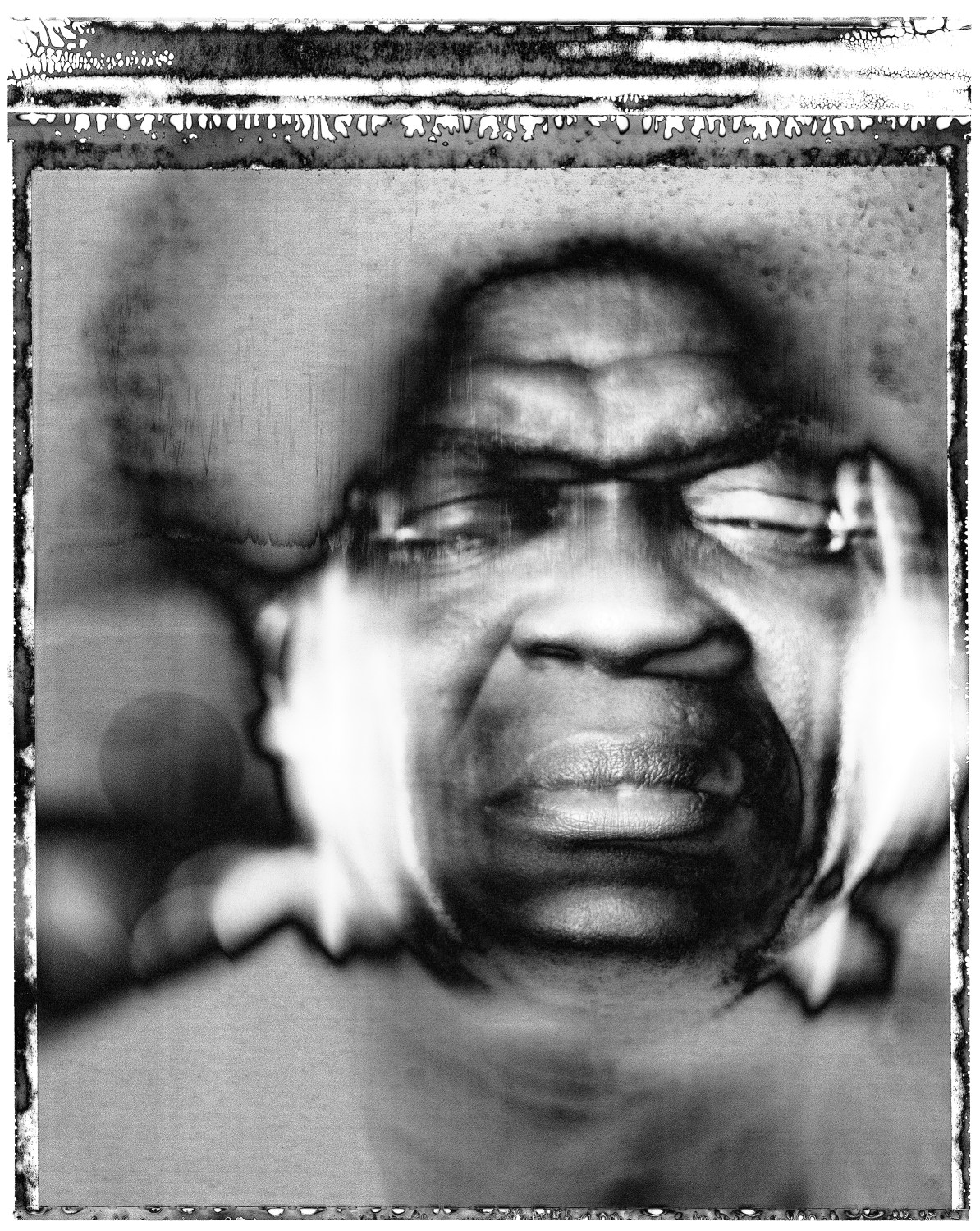
The photos are unique, despite being “normal” portraits. What camera and what type of film did you use? Did you use anything else to create the different effects?
For this project, I used two different cameras: a traditional Toyo 45CX 4×5 inch large format film camera with a Rodenstock 210mm lens, and a Phase One digital system with 80mm and 110mm Schneider lenses. The developing and printing technique took years to perfect, and each individual print has over 40 steps in creation. Yes, they most definitely could be classified as ’normal’ portraits but it’s import to stress from my end that I wanted to create something you could look at without the commitment of having to look. They are very graphic prints and pieces of art to be enjoyed. It’s very hard, I had imagined, to want to live with a portrait of someone that wasn’t a family member in your home. There’s a familiarity with a few of the faces because of whom they are, but there presence doesn’t rely upon that.
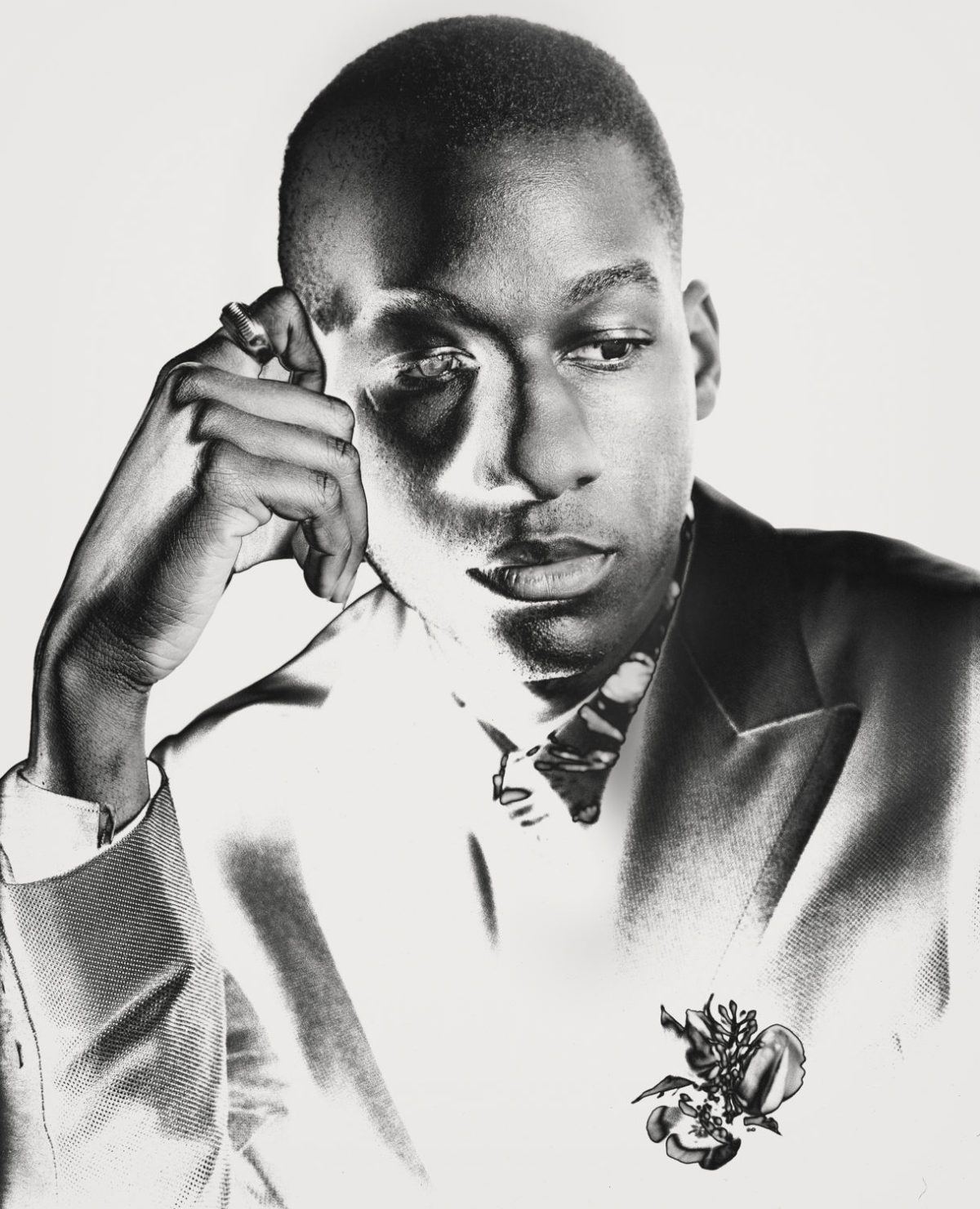
After the birth of digital photography, film has been considered a medium for “vintage lovers”. Do you think that film is having a comeback, or has it never ceased to be used? Is there any experimentation going on?
‘Don’t call it a comeback. I’ve been here for years.’ – LL Cool J
The strongest photographers I know and look up to have extensive knowledge of film, the darkroom, and its place in the medium. As the cream is rising I feel that the foundations will define those with commitment. That’s not to say that this generation of image makers isn’t making leaps and bounds of their own. In my opinion, they just think in very different platforms, but there are divisive lines being drawn between us. With respect to experimentation going on, that is something we are certainly doing. Fusing old and new techniques was very rewarding. If you look to Asger Carlsen you’ll see someone doing something truly unique in the medium and pushing the boundaries of photography.
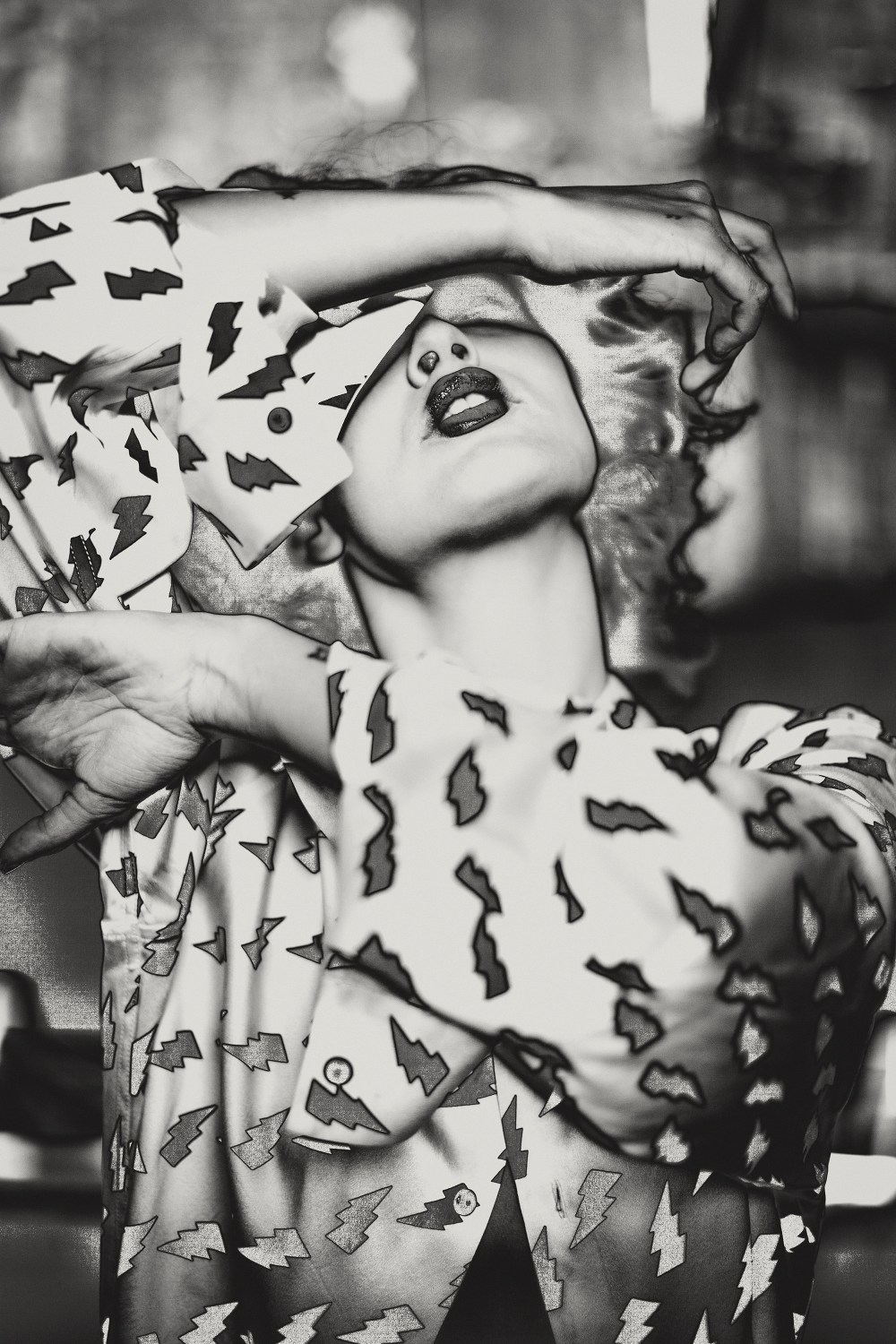
What are the pros and cons of film photography in your personal experience? How do you find your clients (or how do they find you)?
I can remember a day when I dropped my film at the lab and went to work so I could earn tips to go back and pay for it. It’s been a double edged sword for a long time, but still holds a special place in my professional endeavours. My clients/subjects have always come from word-of-mouth, and it’s only with the upcoming show that I’ve taken to proper publicity and momentum with respect to building my name. Promotional efforts have to be part of the tool kit just like anything else. 2019 is going to see more efforts in that regard.
Do you think that film has a higher artistic value than digital photography in an era where everything is photographed and put on social media like Instagram?
Not at all. Everything has its place in the established order. It’s what’s remembered that’s important.
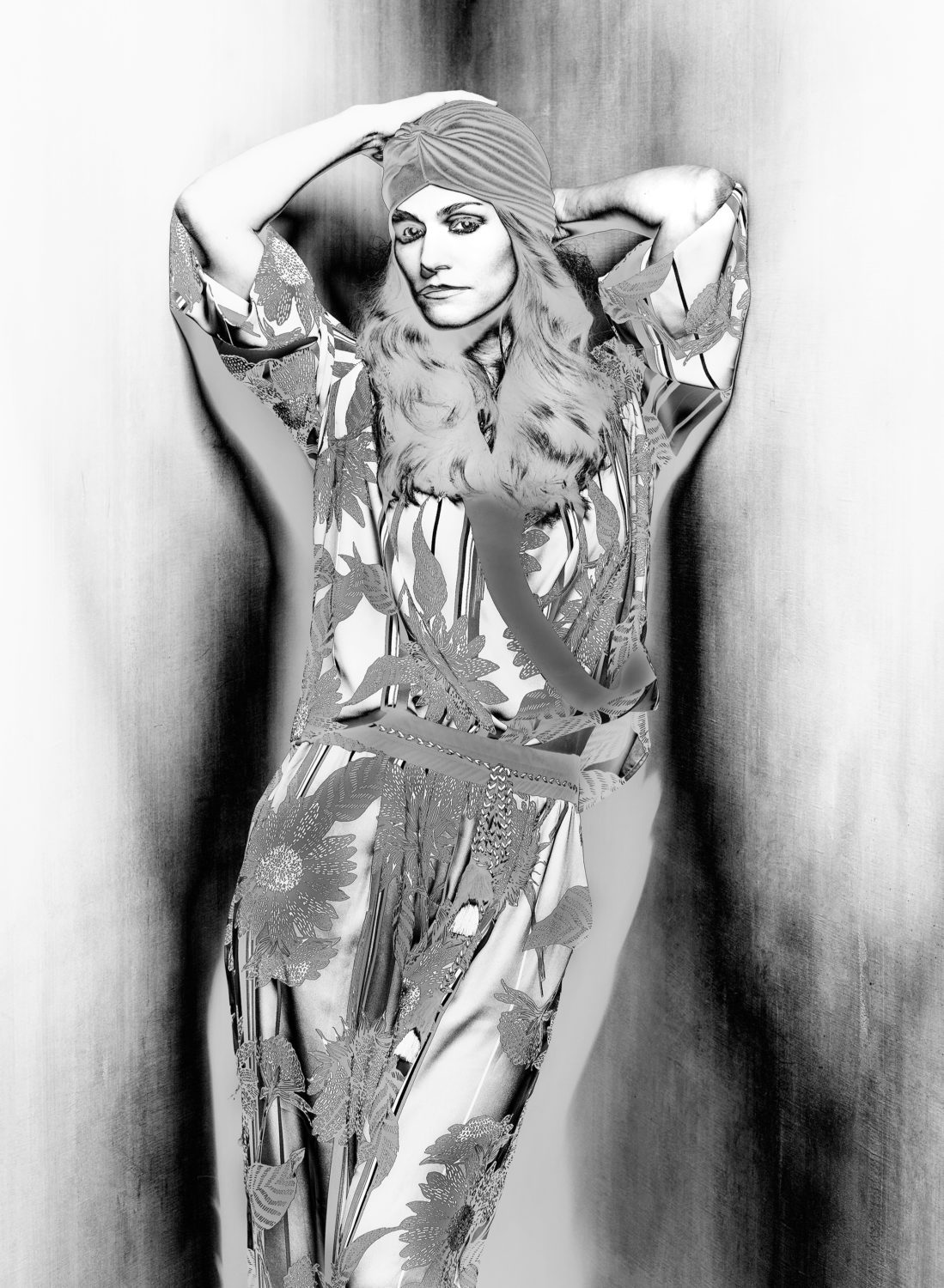
Follow Brendan on Instagram
Follow @positive_mag on twitter for the last updateshttps://www.positive-magazine.com/brendan-meadows/

